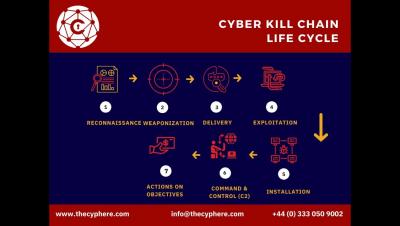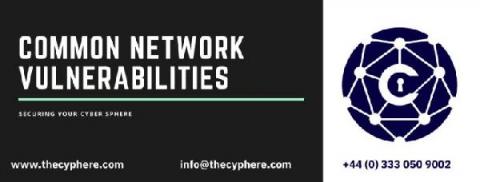How to reduce your attack surface with system hardening in 2021
The goal of system hardening (or security hardening) is to reduce the attack surface. It includes reducing security risks and removing potential attack vectors. By removing superfluous programs, accounts functions, applications, ports permissions access etc., the reduced attack surface means the underlying system will be less vulnerable, making it harder for attackers or malware to gain a foothold within your IT ecosystem.











